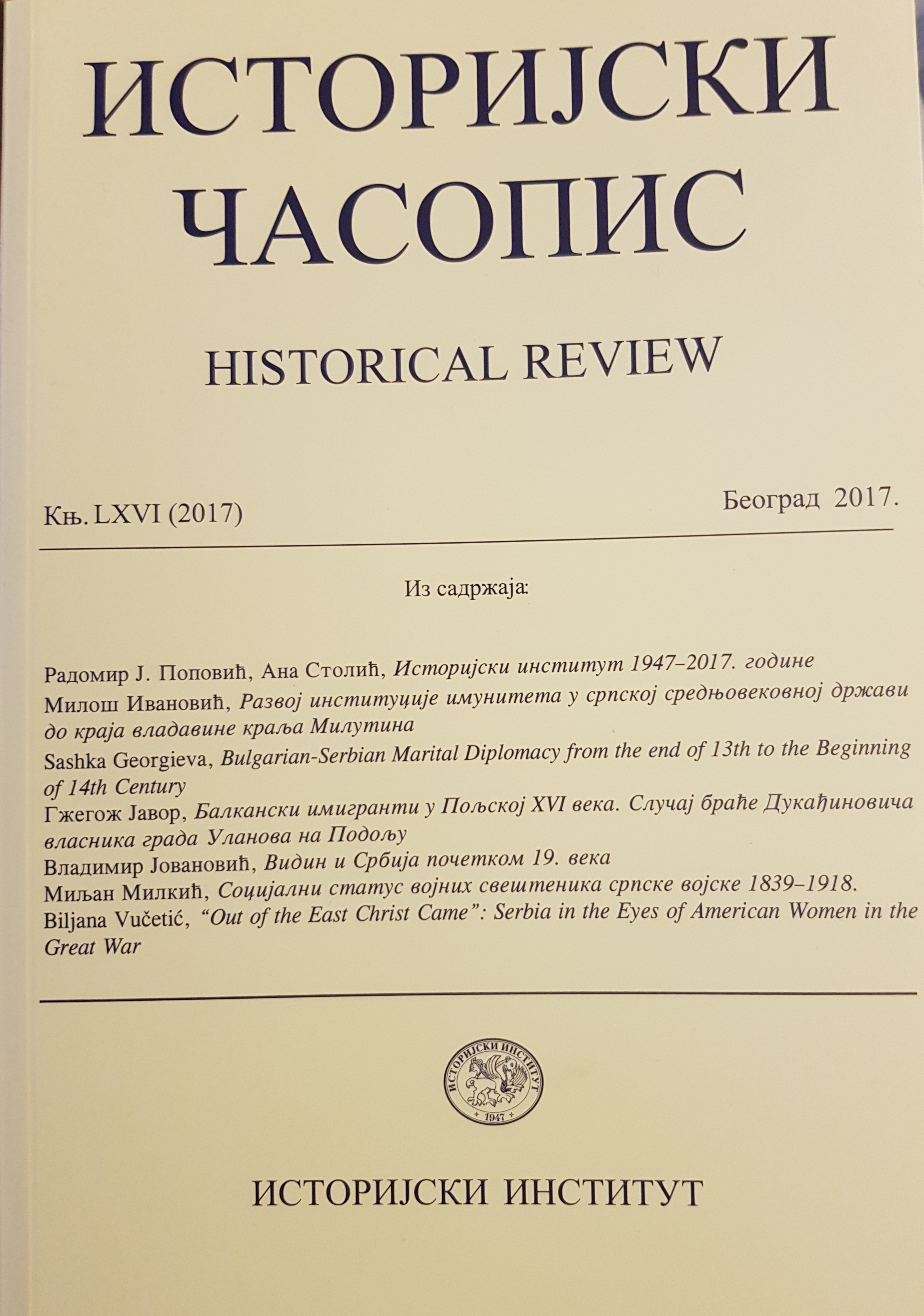Унапређење сточарства у Краљевини Србији: селекција, увођење нових сојева и укрштање
Enhancement of Cattle Breeding in the Kingdom of Serbia: Selection, Introduction of New Breeds and Cross¬breeding
Author(s): Gordana Garić PetrovićSubject(s): History, Economic history
Published by: Istorijski institut, Beograd
Keywords: cattle breeding; state policies; Serbia; biodiversity; selection; cross¬breeding; breeds
Summary/Abstract: The strategic and planned implementation of the policy of cross¬breeding, selection and introduction of new cattle breeds in Serbia was preceded by the period of occasional imports of foreign breeds of different domesticated animals and unplanned cross¬breeding with the domestic ones. In the mid¬19th century, the state authorities tried to influence the selection of cattle in private estates, and to import the first important contingents of breed cattle. However, these attempts failed and livestock breeding and breeding of foreign breeds was limited only to state institutes – the Topčider economy and State Stud Farm. The establishment of fundaments and implementation of a planned policy in the cattle breeding field began with the formation of the Ministry of National Economy and its departments in charge of agricultural production. A standing commission for the procurement of cattle was established, tasked with zoning of entire Serbia and with the procurement of particular breeds of cattle, pigs and poultry abroad in accordance with needs of each zone. Procurements were made for state agricultural institutes and districts, while the cattle purchased was used for breeding and cross-breeding with domestic breeds. Already in the late first decade of the 20th century, it was possible to notice diversity in breeds, particularly in more developed areas, such as Šumadija and Mačva. It is not possible to determine to what extent these policies fulfilled their objective – more efficient working force in agriculture, more market surpluses of cattle breeding products and shifting to intensive cattle breeding production. The outbreak of the First World War and great losses in the livestock population largely annulled the previous efforts. The period of spreading of agrarian mechanisation and adoption of the concept of quantity in cattle breeding production signified the start of dissipation of the number of old low productive autochthonous breeds, and thus the biodiversity of the livestock population in Serbia.
Journal: Историјски часопис
- Issue Year: 2017
- Issue No: 66
- Page Range: 367-400
- Page Count: 34
- Language: Serbian

